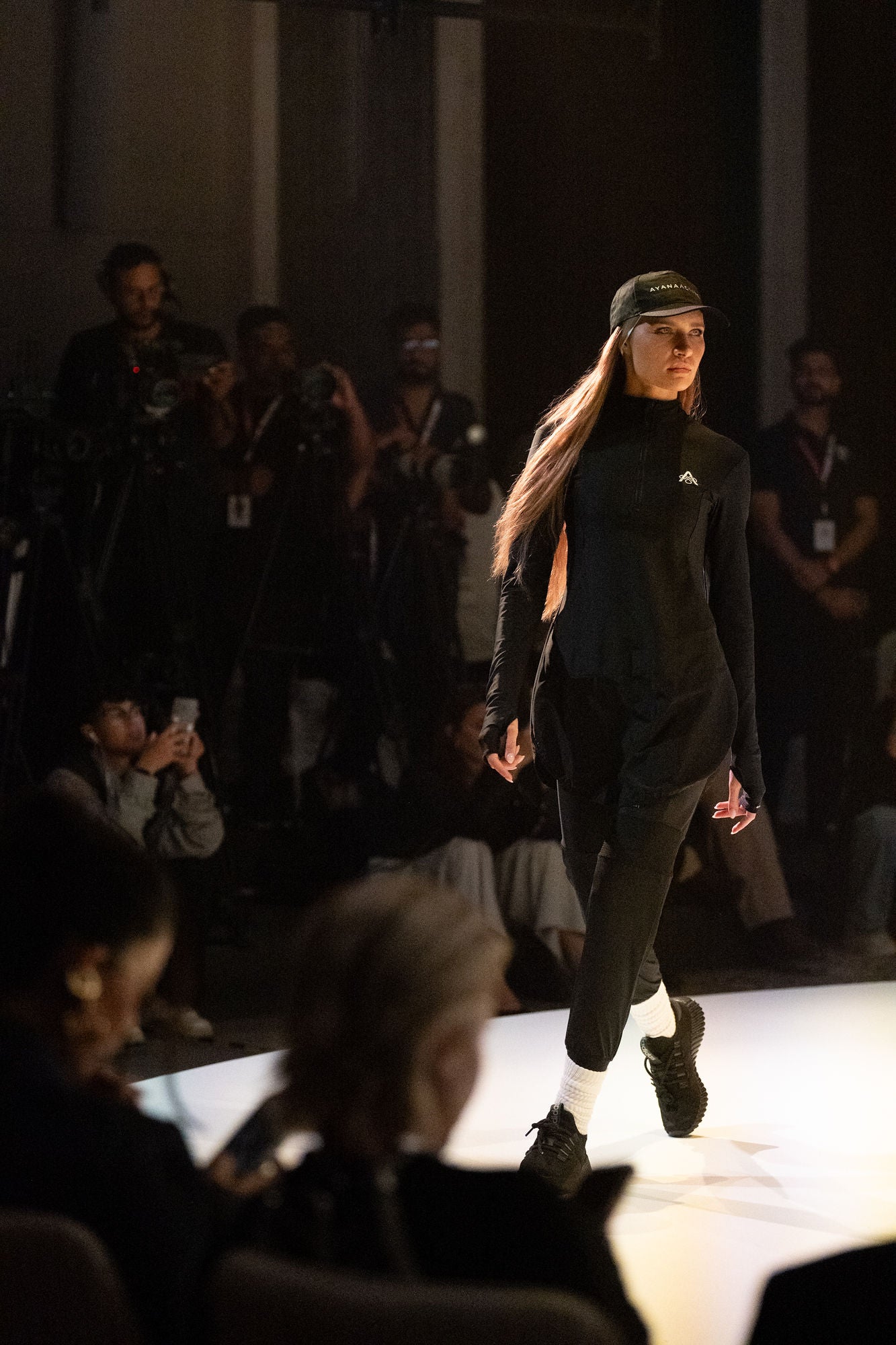The 20-Year Fashion Cycle: Why Style Always Comes Back Around
Fashion, like history, has a habit of repeating itself. One of the most enduring theories in the industry is the “20-Year Rule,” which suggests that popular styles tend to resurface two decades after their initial heyday. This cyclical nature of fashion is driven by nostalgia, reinterpretation, and the ever-evolving cultural landscape.
The 20-year trend cycle operates on a simple premise: what was once considered passé becomes retro and desirable again. For example, the resurgence of Y2K fashion (think velour tracksuits, butterfly clips, and low-rise jeans) perfectly illustrates this phenomenon. These styles, once staples of the early 2000s, have returned with a modern twist, appealing to Gen Z’s craving for expressive and nostalgic aesthetics.
Fashion trends typically follow five stages: introduction, rise, peak, decline, and obsolescence. While this cycle used to span years, the rise of social media and fast fashion has dramatically accelerated it. Trends now emerge and fade within months, yet the 20-year rhythm still holds sway in broader cultural revivals.

But why does fashion repeat itself? Nostalgia plays a major role. People often associate clothing with formative memories, and designers tap into these emotions to create fresh yet familiar collections. Additionally, fashion icons and pop culture continually revive vintage styles, reinforcing their relevance across generations. For instance, Rihanna has famously brought back 1990s streetwear with oversized denim, bucket hats, and gold hoop earrings. She elevated nostalgic looks with high-fashion flair and modern attitude.
Ultimately, while the pace of fashion has quickened, its cyclical heart remains. So next time you spot a trend from your childhood making a comeback, embrace it! It’s all part of fashion’s timeless dance.



